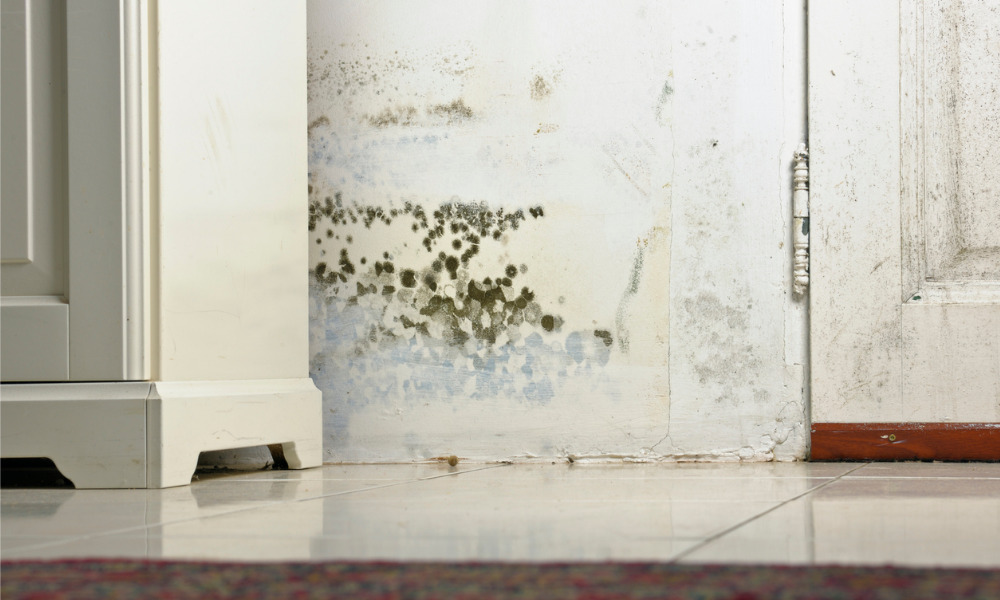Too many Māori tamariki live in a risky home environment, health expert says

The government has been urged to prioritise getting Māori into their own warm, safe, affordable homes as they continue to be disproportionately impacted by the housing crisis.
Māori make up 33.45% of those who were severely housing deprived and more than half of the applicants on the public housing waitlist.
Read more: Report proposes solutions to New Zealand housing crisis
Chris Cunningham, Massey University professor of public health, issued the call as he noted that many Māori tamariki were born healthy but into a risky home environment, with some facing mould and respiratory diseases whilst living in rentals, RNZ reported.
“They either have very poor-quality housing, where there might be overcrowding, where there might be dampness and cold and where there might be danger in the house in terms of things which are broken,” Cunningham said. “Or they have unstable housing, in that mum and dad have to move around and rent in different places or maybe share a home with whānau.”
Read next: Economists call for urgent government intervention to address housing crisis
Data from 2018, from Stats NZ, and the census, revealed that compared to the European and total populations, Māori were more likely to live in unsuitable, crowded homes and in homes affected by dampness and mould.
Not only do Māori need to jump through extra hoops to secure a mortgage to build on ancestral land, Cunningham said they also struggle to move out of unhealthy rentals and into their own homes because they tend to have families younger.
Cunningham said good-quality housing played heavily into good health outcomes for Māori.
“We have a broad policy in New Zealand of ‘whānau ora’ and houses are the places that whānau spend most of their time,” he told RNZ. “So, houses and homes are really the best setting for whānau ora, I think that's something we need to think about.”
Wayne Knox, general manager of Māori housing advocacy group Te Matapihi, said an increasing number of Māori were looking to move home to their ancestral whenua as the cost of living rose, but some were heading home to substandard housing or had no shelter at all.
“We've got dozens of whānau who are living in cowsheds, under tarpaulins, with no running water, with actually no wastewater,” Knox told RNZ. “That's not healthy; our whānau get by, but it's not healthy. And in a lot of these situations people also have chronic health conditions before ending up in those scenarios. The research is telling us that it's actually killing our people.”
Knox said housing stress was impacting mental wellbeing.
“If you can't afford to pay the rent today, if you can't afford to put food on the table, you're going to choose to feed your kids because you pay the rent and that's stressful,” he told RNZ.
Rawiri Waititi, Māori Party co-leader, echoed that sentiment, saying the party wanted the barriers to building on whenua Māori removed, to improve Māori health outcomes.
“If you've got leaky, damp homes where our whānau are living, of course it’s going to affect health disparities in the health index for Māori,” Waititi told RNZ. “So having a warm, safe, affordable home for whānau to be able to provide that for their tamariki will make a huge difference to health outcomes.”
Building papakāinga , community housing built on ancestral land, also enhanced Māori’s cultural and mental wellbeing, Cunningham said.
“You've got the cultural transmission of language and tikanga and those sorts of things. That all works really well. The difficulty still is the financial barriers to making it happen,” he said.
There is a high level of interest in building papakāinga, with online queries into Te Puni Kōkiri papakāinga funding applications more than doubling in 2021 – that was an average of 148 per month, compared to the average 25 per month in 2020, RNZ reported.



